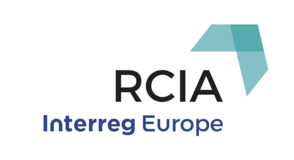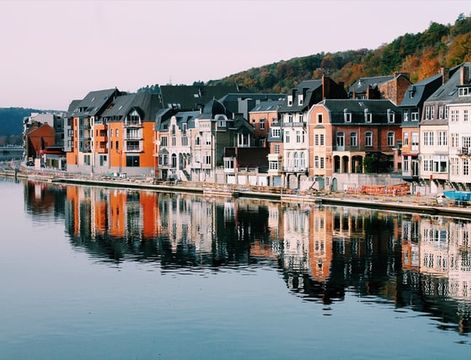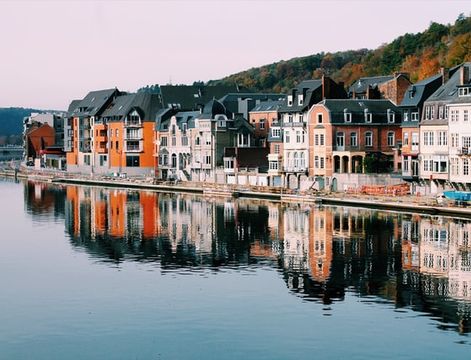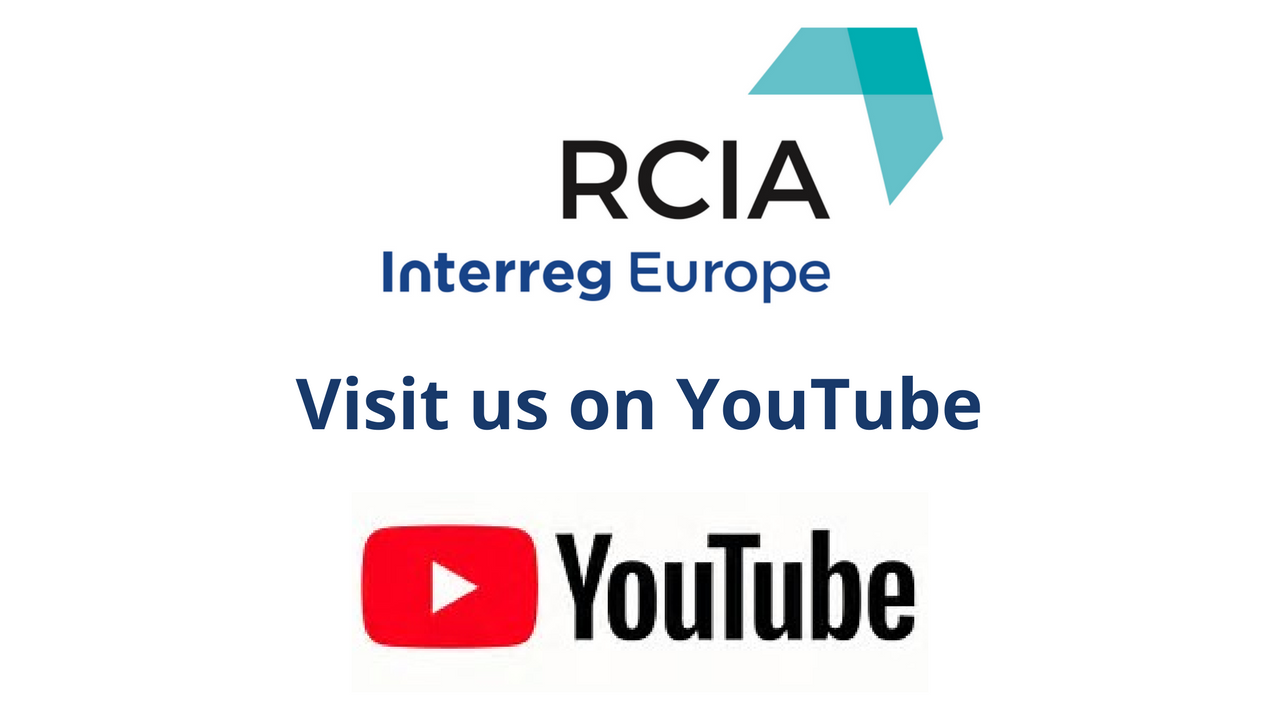The Interreg Europe RCIA sister project Design 4 Innovation celebrated its final event in Barcelona on the 3 October 2019 at the DHUB Disseny Hub Barcelona. The meeting was hosted by the Barcelona Design Center (Barcelona Centre de Disseny (BCD)), the first Spanish centre for the promotion of design in business and institutional fields, created in 1973.
The Barcelona Chamber of Commerce, partner in RCIA, took the opportunity to present its action plan in the context of this event in front of the present stakeholder from Barcelona and all over Europe.
Apart from an excellent platform to present the outcomes of 3 years of exchange of experience in form of the RCIA local action plan for Barcelona/Catalonia, it represented an interesting space for discussion on the relevance of design within the Cultural and Creative Industries.
The general subject of the event was centred around the question on how to measure design and more concretely which impact indicators to use. As the concept of design is hard to define in itself its measurement becomes even more complicated. The Eurobarometer 2016 uses the following definition for “Design is defined as covering a range of applications within companies, providing a means to integrate functionality, appearance and user experience, for goods or services. Design can also provide a means to build corporate identity and brand recognition”.
In terms of the actual use of design in companies, the Design Ladder developed by the Danish Design Center in 2001 offers a good instrument. It distinguishes in between 4 levels/steps on the application of design within companies:
STEP 1: NON-DESIGN – “Design is an invisible part of, e.g., product development and the task is not handled by trained designers.”
STEP 2: DESIGN AS FORM-GIVING – “Design is viewed exclusively as the final form-giving stage, whether in relation to product development or graphic design. Many designers use the term ‘styling’ about this process.”
STEP 3: DESIGN AS PROCESS – “Design is not a result but an approach that is integrated at an early stage in the development process.”
STEP 4: DESIGN AS STRATEGY – “The designer works with the company’s owners/management to rethink the business concept completely or in part.”
One of the main takeaways from the event surely was that no matter which indicators are used to measure the impact of design (on a macro level – impact of the sector on the economy) and micro level (impact on company success) the effects are consistently positive.
More information on impact indicators to measure design: https://www.interregeurope.eu/design4innovation/news/news-article/6641/measuring-impact-of-design-interventions/
For more information on Design4Innovation project:
https://www.interregeurope.eu/design4innovation/












